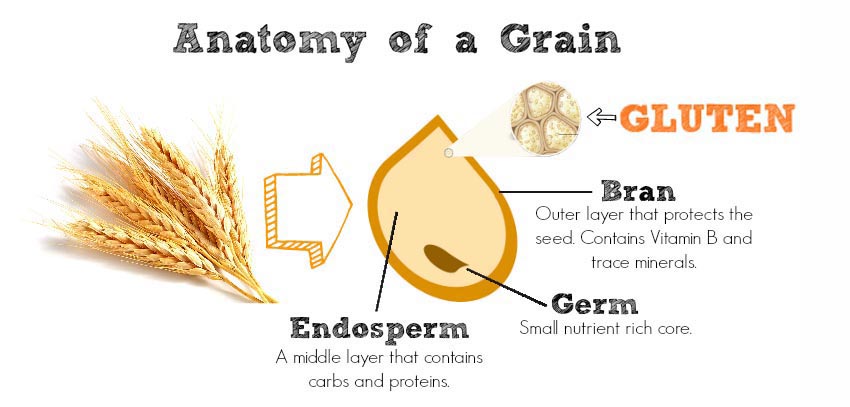
| Sponsored Links |
Fibromyalgia Pain Relief Tip #18: Go Gluten-free
Gluten is a protein which can be found in wheat, barley, rye and other specific grains. In a study published in the Journal of Rheumatology, 20 fibromyalgia patients switched to a gluten-free diet and saw remission of fibromyalgia symptoms after an average period of 16 months. The fibromyalgia participants were also able to terminate use of pain medications and resume their formal lifestyle. The results of this study suggest that fibromyalgia can be triggered by non-celiac gluten sensitivity.
Switching to a gluten-free diet can help you in improving your fibromyalgia symptoms. However, going gluten-free is a huge commitment as most of the food that we are used to, such as bread, pasta, noodles, pastries, cakes and other food products that are made from non-gluten-free flour, contains gluten. Yes, this means ditching most of your favourite foods, snacks or familiar brands. You need to learn how to read labels to know if a product is gluten-free. Unless the product is specifically labelled as gluten-free, it is important to run through the ingredients to make sure it does not contain wheat, barley, rye, spelt, Kamut and triticale. Additionally, do not mistake wheat-free products for gluten-free as wheat-free products can still contain other ingredients with gluten.
Try a gluten-free diet see if it helps your fibromyalgia symptoms! (Do note that it can take up to 6-12 months to see improvements)
| Sponsored Links |
|
|
Related Link: Fibromyalgia Pain Relief Tip #17
Sources:
- Isasi C, Colmenero I, Casco F, Tejerina E, Fernandez N, Serrano-Vela J, Castro M, Villa F. Fibromyalgia and non-celiac gluten sensitivity: a description with remission of fibromyalgia. Rheumatol Int. 2014; 34(11): 1607–1612.
- Ludvigsson JF, Montgomery SM, Ekbom A, Brandt L, Granath F. Small-intestinal histopathology and mortality risk in celiac disease. JAMA. 2009 Sep 16;302(11):1171-8.
- Simon J. Children's Digestive and Nutrition Foundation: Gluten-free Diet Guide for Families. University of Washington’s Family Medicine Department, Seattle, WA
Like and Follow us on
Editor's Pick
You May Have Missed..

Trigger Point Therapy for Fibromyalgia Pain

